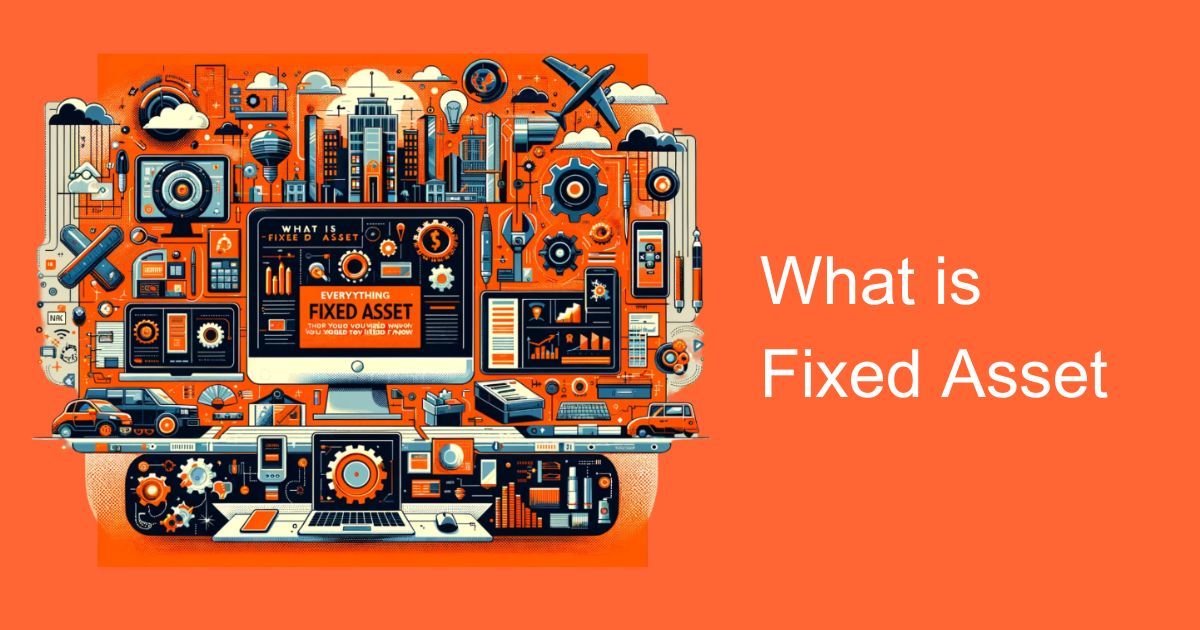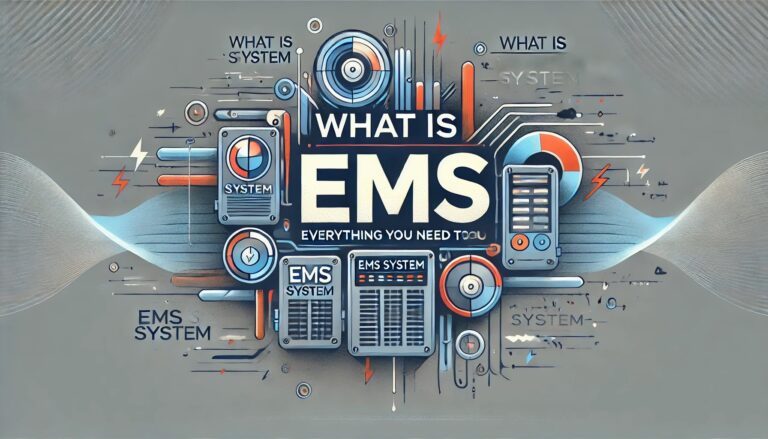Introduction
In the realm of finance and accounting, fixed assets play a pivotal role, serving as the cornerstone of a company’s operational capabilities and financial health. From towering infrastructure to state-of-the-art machinery, fixed assets represent the tangible investments that enable businesses to thrive and grow. In this editorial, we delve into the what is fixed asset, exploring their significance, classification, valuation methods, and their relevance in the Indian business landscape.
Understanding Fixed Assets:
Fixed assets, also known as non-current assets or property, plant, and equipment (PP&E), encompass a wide array of physical assets owned by a business for long-term use. These assets are not intended for resale, but rather for the production of goods or services, facilitating ongoing operations. Examples of fixed assets include land, buildings, machinery, vehicles, furniture, and equipment.
Significance of Fixed Assets:
Fixed assets serve as the backbone of a company’s operations, enabling it to generate revenue and deliver products or services efficiently. They represent substantial investments made by businesses to support their long-term strategic objectives. For instance, manufacturing firms heavily rely on machinery and equipment to produce goods, while real estate companies depend on land and buildings to develop properties.
Classification of Fixed Assets:
Fixed assets can be categorized into tangible and intangible assets. Tangible assets comprise physical properties such as land, buildings, and equipment, which have a discernible presence and can be touched or felt. On the other hand, intangible assets encompass non-physical assets like patents, copyrights, trademarks, and goodwill, which derive their value from intellectual or legal rights.
Valuation of Fixed Assets:
Determining the value of fixed assets is crucial for financial reporting and decision-making purposes. Various methods are employed for asset valuation, including historical cost, market value, replacement cost, and net realizable value. In India, accounting standards issued by the Institute of Chartered Accountants of India (ICAI) govern the valuation and reporting of fixed assets, ensuring transparency and consistency in financial statements.
Depreciation of Fixed Assets:
One of the key concepts associated with fixed assets is depreciation, which refers to the gradual reduction in the value of an asset over its useful life. Depreciation accounts for factors such as wear and tear, obsolescence, and usage, reflecting the gradual consumption of the asset’s economic benefits. Different methods of depreciation exist, including straight-line method, reducing balance method, and units of production method, each with its own advantages and applicability.
Challenges in Fixed Asset Management:
While fixed assets are essential for business operations, managing them effectively poses certain challenges. Maintenance costs, technological advancements, regulatory compliance, and asset tracking are some of the common issues faced by businesses in managing their fixed asset portfolio. Moreover, with the evolving business landscape and changing market dynamics, businesses need to adapt their asset management strategies to remain competitive and sustainable.
Fixed Assets in the Indian Context:
In India, fixed assets hold significant importance across various industries, including manufacturing, infrastructure, real estate, and telecommunications. With the government’s emphasis on infrastructure development, investments in fixed assets have surged in sectors such as roads, railways, power, and urban infrastructure. Additionally, initiatives such as Make in India and Digital India have further propelled investments in manufacturing and technology infrastructure, driving the demand for fixed assets.
Conclusion:
Fixed assets represent the tangible investments that underpin a company’s operations and growth trajectory. From manufacturing machinery to office buildings, these assets form the foundation upon which businesses operate and thrive. Effective management of fixed assets is essential for maximizing their utility, optimizing costs, and ensuring compliance with regulatory requirements. In the Indian context, fixed assets play a crucial role in driving economic growth and development across various sectors, reflecting the nation’s commitment to infrastructure enhancement and industrial advancement.
In essence, understanding the nuances of fixed assets is imperative for businesses to make informed decisions, allocate resources efficiently, and sustain long-term profitability in an ever-evolving business landscape. As businesses continue to navigate through uncertainties and disruptions, the prudent management of fixed assets will remain a cornerstone of financial stability and operational resilience.








